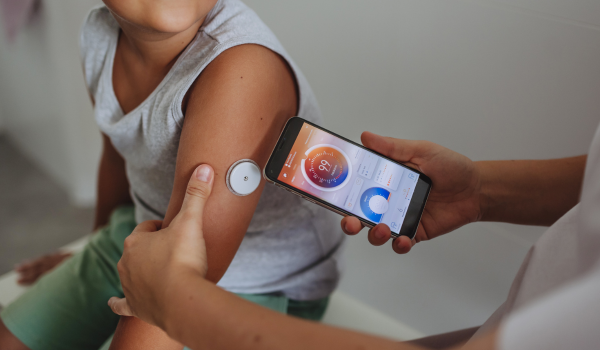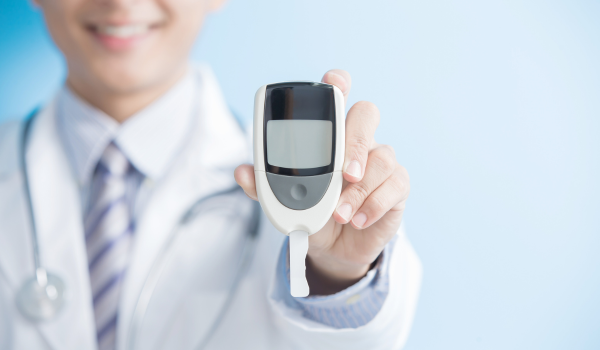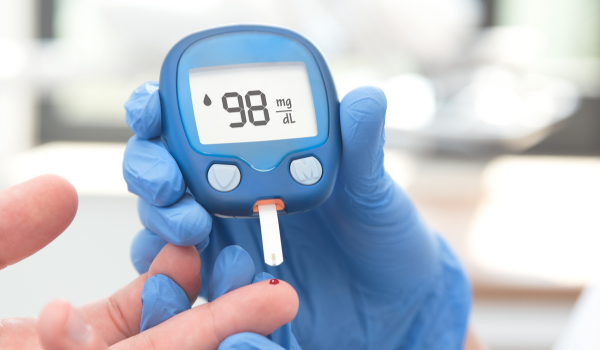
Understanding the Condition
Type 1 diabetes is an autoimmune condition in which a child’s immune system mistakenly destroys insulin-producing cells in the pancreas. Without insulin, the body cannot use glucose for energy, leading to high blood sugar levels.
Unlike type 2 diabetes, type 1 is not caused by lifestyle or diet. It can develop suddenly and requires lifelong management. For parents, understanding how type 1 works is the first step to supporting their child’s health and confidence.
Early Signs
Recognizing symptoms early can prevent serious complications such as diabetic ketoacidosis. Common warning signs in children include:
-
Frequent urination and bedwetting after being dry.
-
Extreme thirst and constant hunger.
-
Sudden weight loss despite normal eating.
-
Fatigue, irritability, or mood changes.
-
Blurred vision or stomach pains.
If parents notice these symptoms, immediate medical evaluation is crucial.
Diagnosis Process
Diagnosis typically involves blood tests to measure blood sugar and confirm the presence of diabetes-related autoantibodies. In many cases, diagnosis occurs during an emergency visit for severe symptoms.
Parents should expect additional assessments, including ketone testing and HbA1c measurements, which reflect average blood sugar levels over time.
A diagnosis may feel overwhelming, but understanding the process helps families prepare for the journey ahead.
Daily Management
Managing type 1 diabetes in children involves constant balancing of insulin, food, and activity. Parents often need to take the lead, especially for younger children.
Key tasks include:
-
Administering insulin through injections or pumps.
-
Checking blood sugar with meters or continuous glucose monitors (CGMs).
-
Planning meals and snacks carefully.
-
Watching for signs of high or low blood sugar.
While daily management is demanding, routines make the process smoother over time.
Insulin Therapy
Children with type 1 diabetes require insulin every day. Treatment options include:
-
Multiple daily injections: Mixing long-acting (basal) insulin with rapid-acting (bolus) insulin at meals.
-
Insulin pumps: Delivering continuous insulin with flexibility for meals and snacks.
Parents, children, and healthcare providers work together to determine the best method, adjusting doses as children grow and their needs change.
Nutrition Basics
Food choices directly impact blood sugar levels. While children with type 1 diabetes can eat a variety of foods, carbohydrate management is essential.
Parents should focus on:
-
Carb counting to match insulin doses.
-
Choosing high-fiber foods for slower glucose release.
-
Providing balanced meals with protein and healthy fats.
-
Avoiding excessive sugary drinks and snacks.
Teaching children about nutrition empowers them to make healthy choices independently as they age.
School and Activities
Managing diabetes at school requires coordination with teachers, nurses, and staff. Parents should provide:
-
Written care plans outlining insulin, testing, and emergency procedures.
-
Supplies such as glucose tablets, snacks, and insulin.
-
Clear instructions for field trips and sports activities.
Children can and should participate fully in school life, but communication ensures safety and confidence.
Exercise and Sports
Exercise benefits children with type 1 diabetes by improving fitness and mood. However, it requires careful monitoring because activity often lowers blood sugar.
Parents should:
-
Check glucose before, during, and after activity.
-
Provide snacks if levels are low or expected to drop.
-
Adjust insulin doses as recommended by the healthcare team.
With planning, children can safely enjoy sports, dance, and other physical activities.
Managing Highs and Lows
Blood sugar fluctuations are common in children. Parents need to be prepared for both:
-
Hypoglycemia (low blood sugar): Symptoms include shakiness, sweating, irritability, or confusion. Treat with 15 grams of fast-acting carbs, then recheck.
-
Hyperglycemia (high blood sugar): Symptoms include thirst, frequent urination, and fatigue. Extra insulin or hydration may be required.
Over time, children learn to recognize these symptoms in themselves, building independence.
Technology Tools
Modern diabetes technology helps ease the burden for families. Options include:
-
CGMs: Provide real-time glucose readings and alerts.
-
Insulin pumps: Offer precise insulin delivery.
-
Closed-loop systems: Combine CGMs and pumps for automated insulin adjustments.
These tools improve safety, reduce fingersticks, and give parents peace of mind, especially at night or during school.
Emotional Well-Being
A diagnosis of type 1 diabetes can be emotionally challenging. Children may feel different from their peers, while parents may feel guilt, anxiety, or fear of complications.
Supporting mental health includes:
-
Encouraging open communication.
-
Connecting with diabetes support groups.
-
Seeking counseling when stress or anxiety becomes overwhelming.
-
Fostering resilience by focusing on strengths, not just struggles.
Emotional support is as important as medical management for long-term success.
Parental Role
Parents play a critical role in diabetes care, especially in the early years. Their responsibilities include:
-
Learning about insulin and carb counting.
-
Teaching children about their condition at an age-appropriate level.
-
Advocating for their child in schools and healthcare settings.
-
Gradually encouraging independence as the child matures.
The ultimate goal is to raise confident young adults who can manage their diabetes responsibly.
Teen Challenges
Adolescence presents unique difficulties. Hormonal changes affect insulin needs, and teens may resist parental involvement in their care. Peer pressure, body image concerns, and a desire for independence can complicate management.
Strategies for parents include:
-
Maintaining supportive—not controlling—communication.
-
Allowing teens to take more responsibility while remaining available.
-
Using technology to ease the burden without micromanaging.
Balancing independence with safety is key during these years.
Emergency Preparedness
Parents must prepare for emergencies such as severe hypoglycemia or diabetic ketoacidosis (DKA).
Steps include:
-
Training family, teachers, and caregivers in emergency response.
-
Keeping glucagon kits and fast-acting carbs readily available.
-
Knowing when to seek urgent medical care.
Preparedness reduces fear and ensures faster response when emergencies happen.
Long-Term Health
Children with type 1 diabetes can grow up to lead long, healthy lives. Preventing complications starts early with good blood sugar management.
Parents should emphasize:
-
Regular doctor visits and screenings.
-
Healthy lifestyle habits—exercise, balanced diet, and sleep.
-
Consistent insulin use and monitoring.
Focusing on long-term health builds confidence and reduces the risk of serious complications later in life.
Building Independence
As children grow, they must gradually take ownership of their care. Parents can encourage independence by:
-
Involving children in carb counting and insulin decisions.
-
Teaching them to recognize symptoms of highs and lows.
-
Allowing them to speak with healthcare providers directly.
-
Encouraging responsibility without overwhelming them.
By adulthood, most young people can manage their diabetes independently with parental support in the background.
The Bottom Line
Raising a child with type 1 diabetes is challenging, but also manageable with knowledge, planning, and support. Parents play a vital role in building routines, teaching resilience, and preparing children for independence.
With modern technology, medical support, and strong family involvement, children with type 1 diabetes can thrive in school, sports, and daily life, achieving the same goals as their peers.








.png)













